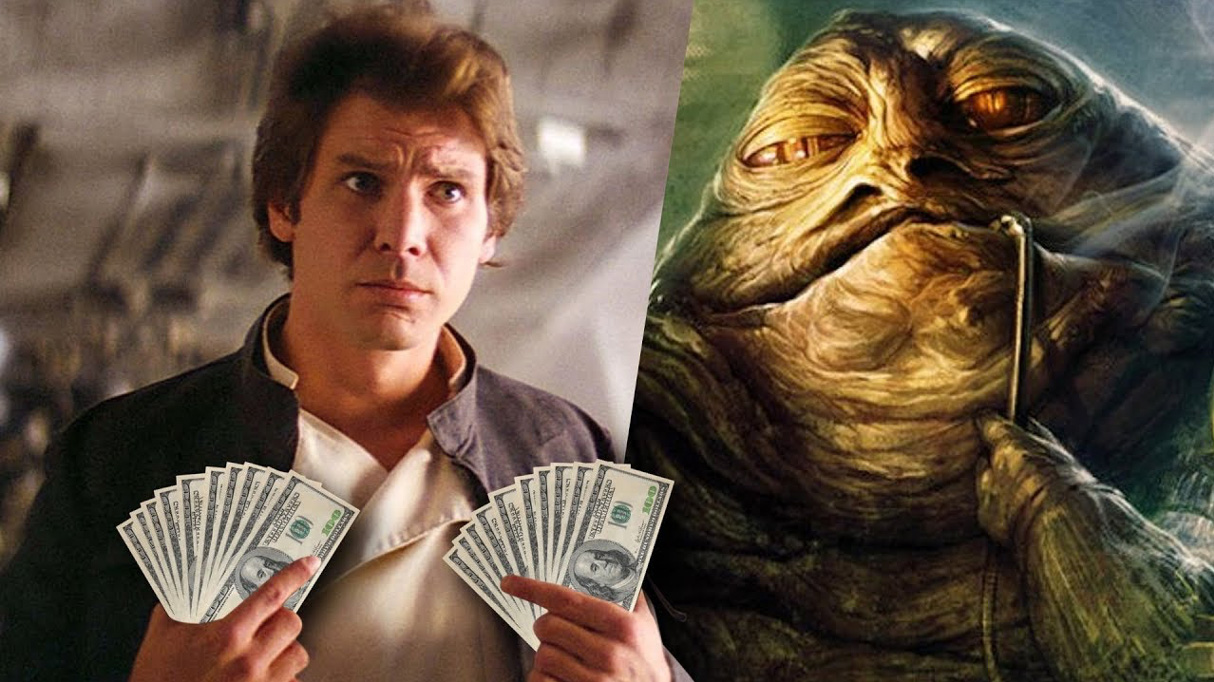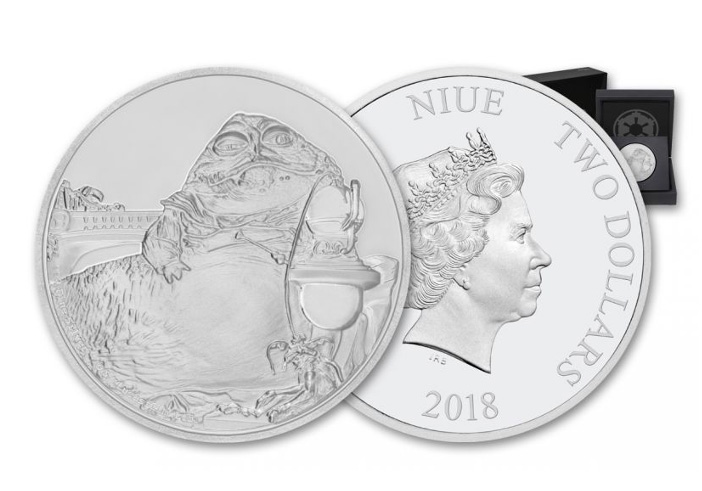
The 5 Cs of credit is a simple framework to understand the creditworthiness of an individual, company and even government. These days, credit ratings are used mostly to summarise a corporate’s credit worthiness. But it is worth reviewing the 5 Cs of credit because the fundamentals of lending have not changed. By breaking down credit worthiness into the 5 Cs with the help of Han Solo, we hope to highlight the types of risks our investment managers assess when choosing corporate bonds and credit securities to add to the three eInvest Fixed income ETFs, ECAS, ECOR and EMAX.
Remember, bonds, both corporate and government are essentially loans made by an investor to a borrower. A bond could be thought of as an I.O.U. between the lender and borrower that includes the details of the loan and its payments. Because the terms of a bond are standardised, they can be traded on the exchange or Over The Counter (OTC).
As billionaire investor Peter Thiel once quoted: “The whole plot of Star Wars starts with Han Solo having this debt that he owes and so the plot in Star Wars is driven by money”. Let’s analyse the 5 Cs of credit with respect to Han Solo. Is he credit worthy?

First C is Character. Does the borrower demonstrate honesty and integrity? While we often say in investment management, ‘past performance is not a reliable indicator of future performance’ when it comes to character the past behaviour of an individual, company or government is considered. If a bond issuer has a history of defaulting, like Han has a history of not paying his gambling debts, they are considered higher risk borrowers and lenders will demand a higher interest rate to compensate for this increased risk. Jabba-the-Hutt charges Han 74,730 credits in interest, or a whopping rate of 33%!
Realistically, stable governments like Australia or the United States can borrow money on the bond market for extremely low rates (less than 1%) as their legal and fiscal stability affords them to be trustworthy borrowers.
Second is Capacity. Traditionally this refers to the borrower’s debt to income ratio and their ability to pay the loan back. Given Han’s profession as everyone’s favourite smuggler, it is unlikely he has regular income. For corporates, their financial statements are key in determining capacity. Capacity can also change in response to changing market conditions. Han became a wanted man as the Empire took over. Travel, airline and energy companies took a real hit to their capacity to pay back their bonds during the COVID-19 period, with Virgin Australia’s default being a well-known example.
Also read:
What Is Credit And Why Is It Important?
What Australia’s Peak Economic Growth Rate Means for Bond Market
The third C is Capital. This refers to how much money the applicant has, and in the case of corporates and governments, the purpose for which the funds are being borrowed.
Much of Han’s debt relates to gambling, which is an activity that seems to be loss making.
His high-risk business dealings make him a risky borrower.
Some credit is taken out to fund specific projects such as the second Sydney airport. With some bond issues there is often no specific project to which the funds raised will be applied. “General corporate purposes”, is frequently the stated use.
This simply means that the money raised from the sale of the bonds will be used to fund day to day activities. In this case, investors need to be satisfied that the company itself is sufficiently well capitalised and is not too reliant on debt to fund its balance sheet.

The fourth C is conditions. This refers to the terms agreed between the borrower and the lender. Han owes money to Jabba the Hut and when he is late, he offers to pay Jabba back plus 15% interest, he “just needs a little more time”. Han and Jabba renegotiate the term of the loan and the interest rate with the condition that if Han fails to pay Jabba back, he will “put a price on your head so big you won’t be able to go near a civilised system again”.
The terms of a bond that is exchange traded or OTC traded are usually standardised and disclosed in prospectus or product disclosure statement. By standardising the terms between borrower and lender for that tranche of debt issuance, the credit securities can be easily traded around the globe. That said, there are thousands of different bonds issuances, so working out which bonds represent good value is the art and science our investment managers bring to their portfolio management.
The fifth C is Collateral. This refers to the asset that can act as security for the loan. Jabba-the-Hutt loaned Han a 125,640 credit advance against the Millennium Falcon, his main asset. This would be an example of plant and equipment-based collateral. Similar examples of bonds raised off the back of assets and collateral include many loans in the property space, where there are large, tangible and specific assets that lenders can use as security.
Should a borrower default on their loan or bond, usually the lender can take possession of the collateral. This is where Boba Fett comes in. Essentially, he is tasked to return Solo and the Millennium Falcon to Jabba the Hutt and enforce the security of the deal.
When it comes to corporate and government bonds, there are a few examples of lenders enforcing possession of collateral, or bringing in their ‘bounty hunters’. One famous example is where an activist hedge fund took possession of an Argentinian naval ship off the coast of Ghana as collateral for their Argentinian Government Bonds that had defaulted. True story.
So, is Han Solo credit-worthy?
In conclusion, would we lend to or buy a bond issued by Han Solo?
Despite his charming demeanour, Han seems like a very high-risk borrower. His track record doesn’t say much about his character, his capacity to repay is diminished by his fugitive status and his capital is uncertain. This sure would change when he married into royalty though!
Overall the Daintree Capital team managing ECAS, ECOR and EMAX would estimate that Han Solo’s credit rating would be: C.
The average credit ratings for these portfolios range from A-1 to BBB meaning we are unlikely to have any run-ins with Jabba-the-Hutt type characters…. Hopefully!
For context, this type of analysis is done for each of the approximately 650 holdings in ECAS, ECOR and EMAX, keeping the investment management team very busy.
Personally, I think character is the most important of the Cs. It doesn’t matter if a borrower has the capacity, capital and collateral, if they don’t have the character to pay back a loan, then the rest might not matter.
Disclaimer: Please note that these are the views of the writer, Jodi Pettersen Investor Relations at eInvest and is not financial advice. It is literally an article about Star Wars. Unlike Han, in investing past performance is not a reliable indicator of future performance. To find out how to invest in our active ETFs, visit here. The product disclosure statements and more can be found at www.einvest.com.au. If you’d like to keep learning further, listen to this podcast about the basics of investing in credit and please feel free to follow any of our socials listed below.

































